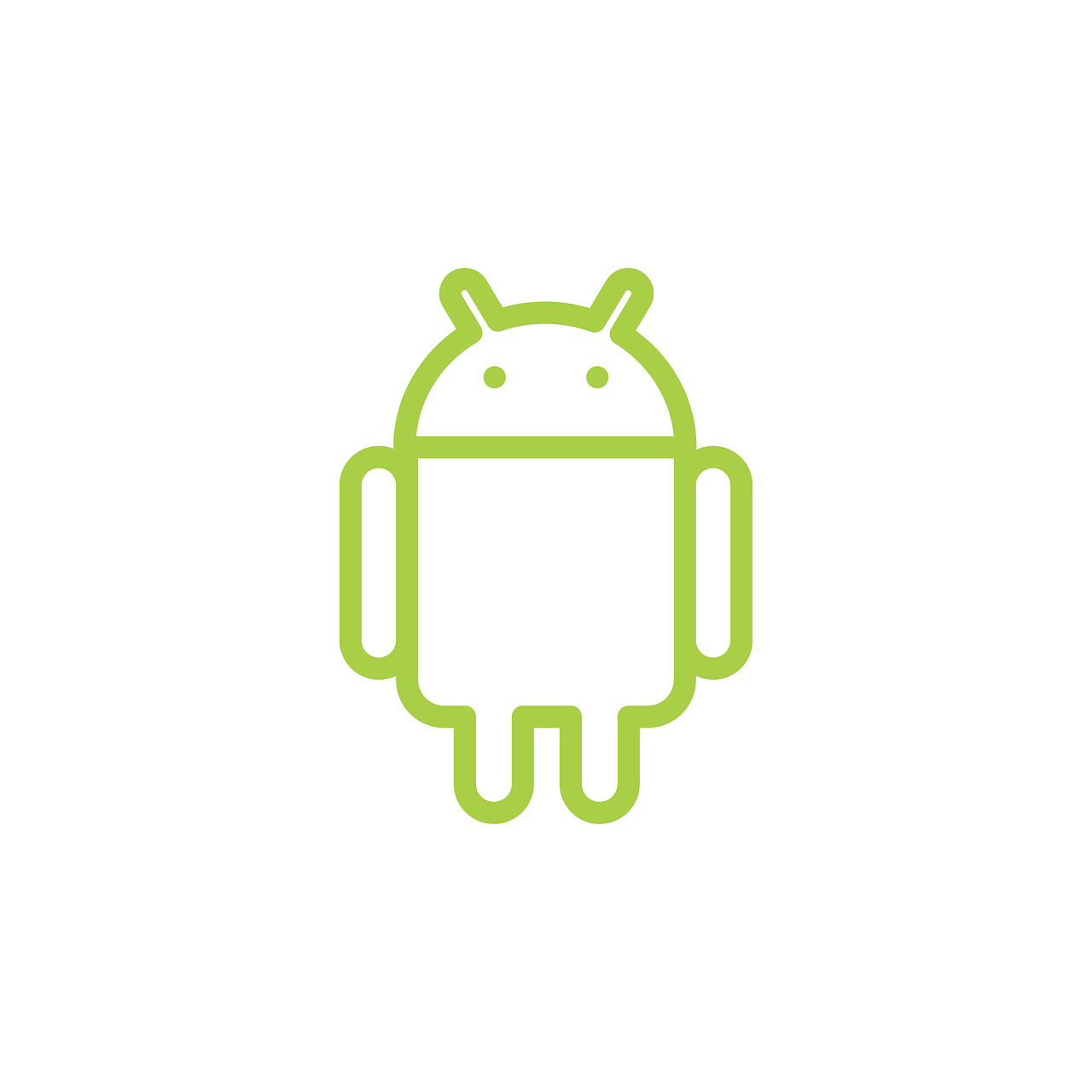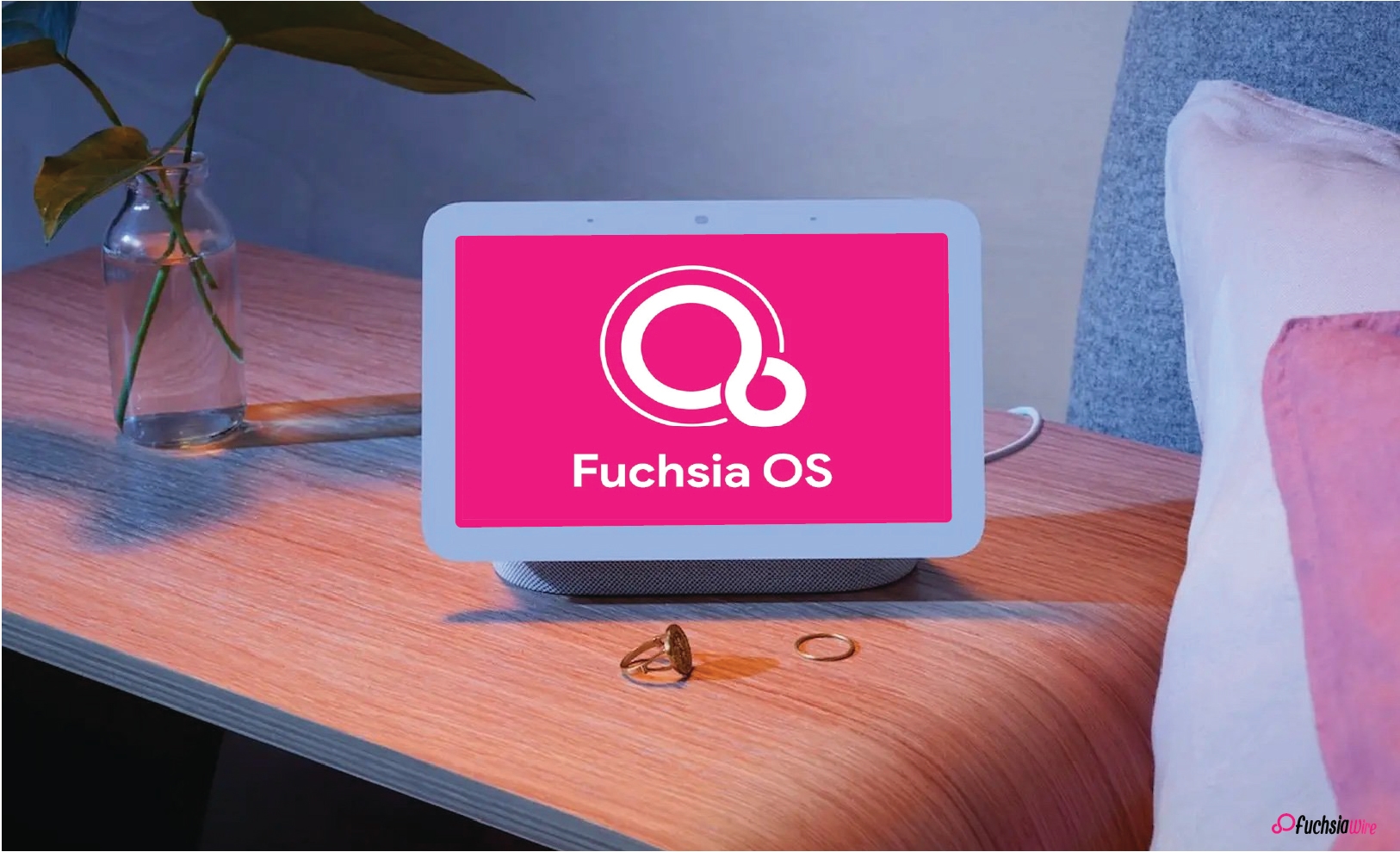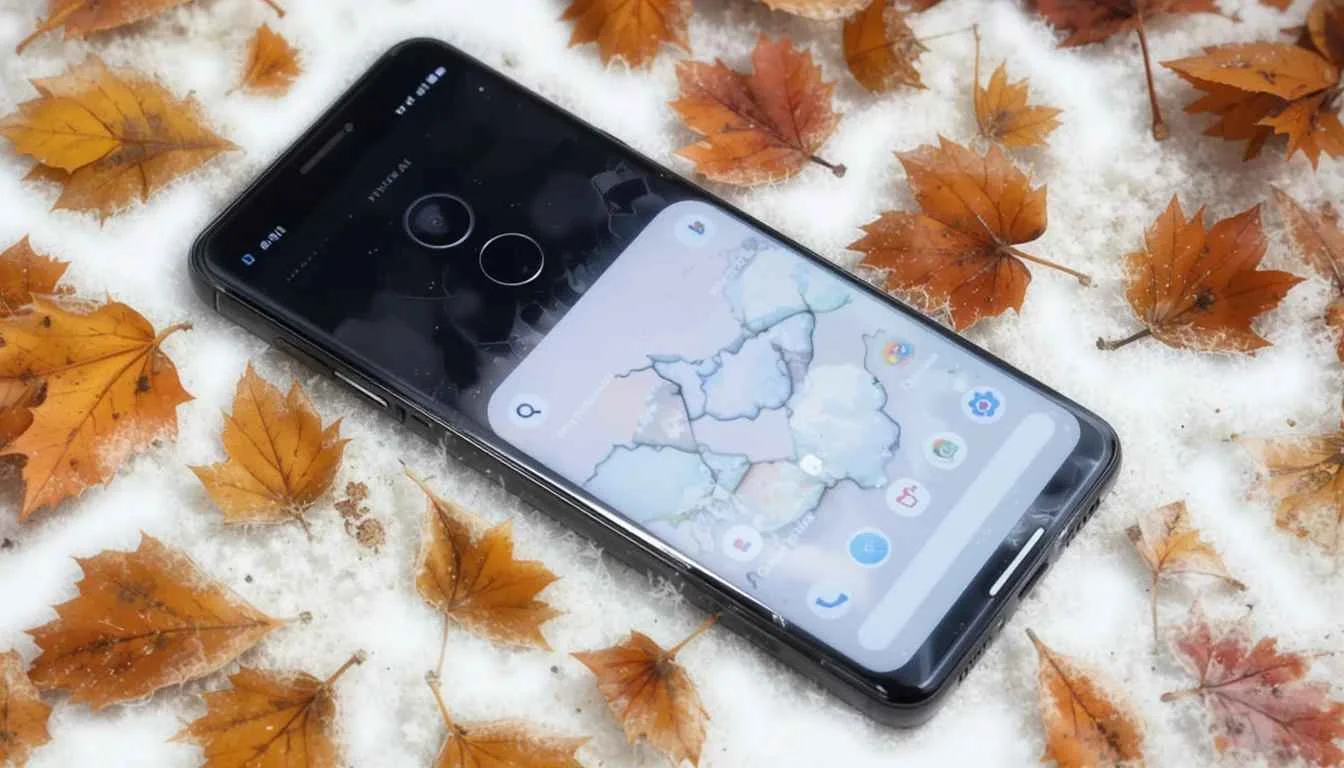The Android smartphone industry may undergo acute changes soon. This is owing to a recent Patent Dispute involving BOE, Beijing Oriental Electronics, and Samsung Display, both market leaders in display technology. The controversy occurs when BOE tries to penetrate the market with its products based on technology. This technology consists of those most suitable for creating modern displays featured in many Android smartphones.
The ban would mean some Android smartphone manufacturers would be locked out of the lucrative US market. This could cause supply chain issues regarding the availability of particular Android devices. In the US, consumers can expect fewer choices or higher prices for Android smartphones.
It is also possible that this controversy will alter the competitive landscape of the Android scope. Some companies that are not so dependent on BOE may temporarily benefit. At the same time, some market players may lose their market shares. It may be due to a delay in production due to extreme competition.
The Patent Dispute
The United States International Trade Commission has applied a rule that BOE violated certain patents owned by Samsung Display and accordingly sided with the latter company. Samsung Display has sought to prohibit importing and distributing such goods that incorporate infringing patents within the US market.
However, the ITC has confirmed that there will be no immediate repercussions for the US industry. There are numerous probable consequences of circumstances where devices designed with BOE’s equipment are banned.
Impact on Android Brands
Many respected Android businesses, like OnePlus, depend on BOE for their display panels. If a restriction on BOE panels is imposed, these brands must search for other suppliers. How do the considerations unfold? Their motivations might be volatile, and production costs might go higher.
Within the markets, competitors like Samsung Display or LG will provide their panels but expect higher prices. These expensive costs push brands to hike their device prices, dissuading many potential buyers unwilling to part with much money.
In many situations, when faced with competition, brands may have to dilute quality and display features to be price competitive. This may adversely affect the US market’s cheaper and readily available Android products in the long run. Instead of giving customers more choices at reasonable prices, the competition in America will likely do the reverse.
Future Implications for the US Market
American authorities go ahead with their plans to restrict BOE display panel technologies. This decision is expected to adversely affect consumers’ choices in the smartphone market in the United States. With such a ban, users should expect a diminished supply of popular Android devices.
Any phone manufacturer not using the BOE panels must look for another BOE substitute provider. Such developments will likely raise the manufacturing costs and, subsequently, the retail prices of the devices in the market.
The legal process that has pitted Samsung Display against BOE is still unfolding. Until it is resolved, the exact details of how it will eventually pan out are unknown. “Depending on that resolution, on the follow-up, the present circumstances obtaining in the Android smartphone foreground may change drastically for the better.”
The Final Verdict
The protracted legal struggle regarding the Patent Dispute between Samsung Display and BOE can radically change Samsung’s smartphone market share. As a result, the stakes are heightened in the US. This case concerns the facts of patent violation, where Samsung Display claims that its advanced display-related IP has been used without authorization by BOE.
The final judgment in this case is difficult to predict. However, considering a ban on BOE displays in the future is a cause for concern in the industry. BOE customers would face numerous challenges, including supply chain disruptions, higher production costs, and time delays in product availability.
In this case, such volumes of BOE could lead to the visible absence of these Android devices. At the same time, other rivals procure displays from different suppliers. It includes Samsung Display or LG, which may have more significant streams of orders.
More to Read on: What is Google Find My Device exactly?
























